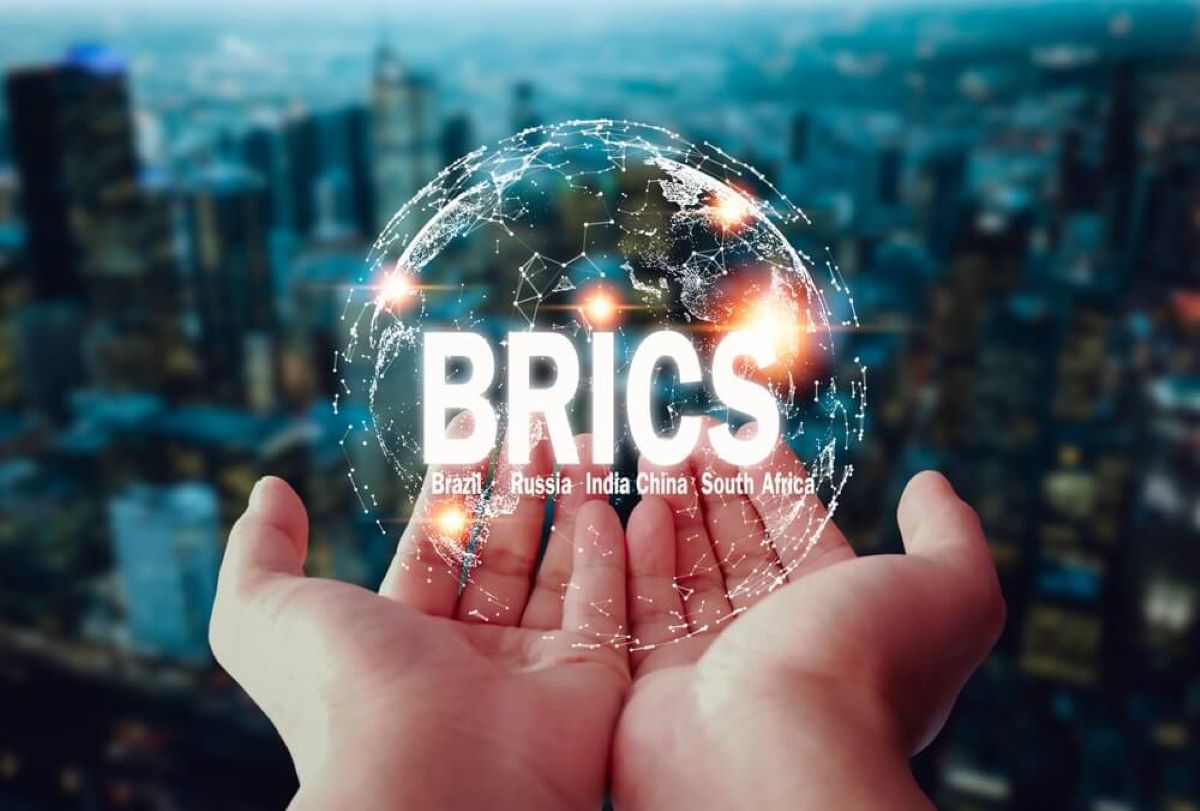BRICS nations have demonstrated the ability to balance traditional dominance by the G7. The 15th annual BRICS meeting started on Tuesday, with leaders of Brazil, Russia, India, China, and South Africa meeting in Johannesburg, in person or virtually (Russia).
Discussions will involve expanding the bloc which for a long time was in the shadow of G7 countries, consisting of the United States, Canada, the United Kingdom, Germany, France, Italy and Japan.
The G7 has held sway over global economic governance and decision-making but this may no longer be the case. BRICS nations did go through rapid economic growth and development, adding growing influence to global economic affairs.
China, alone. Has had an impressive economic rise helping reshape global trade, investment and supply chains. The country enjoys a robust manufacturing sector, a massive consumer market and technological superiority over many other nations.
India is quickly catching up behind its massive population and bustling tech industry, rising to become the bloc’s second economic superpower.
Read: BRICS: Empowering the global south and challenging Western hegemony
Meanwhile, Russia, Brazil and South Africa have largely disappointed with their share of global GDP declining over the past two decades.
In spite of that, the 5 BRICS nations surpassed the G7 in terms of their combined GDP in 2020 when adjusted for differences in buying power and this year is no different. According to the IMF, the bloc will collectively account for 32.1 percent of global GDP this year. That’s up from just 16.9 percent in 1995 and more than the G7’s share of 29.9 percent.

BRICS versus G7 GDP per capita
BRICS nations still trail the G7 economies in terms of GDP per capita, which largely measures economic development and prosperity.
According to the IMF, none of the five BRICS members come near to reaching even Japan’s GDP per capita, the lowest among the G7 countries.
The United States’ per-capita GDP amounts to $80,035, more than three times that of China, the top-performing BRICS nation, which amounts to $23,382.
India has by far the lowest GDP per capita among the twelve G7 and BRICS nations. However, India’s GDP per capita did increase nearly fivefold since the new millennium, trailing only China in that respect.

Putin on BRICS projects
During Tuesday’s opening BRICS session, Russian President |Vladimir Putin said via video conference that Russia was looking to develop two flagship projects. The first was a northern sea route with new ports, fuel terminals and an expanded icebreaker fleet. The other is a north-south corridor connecting Russian ports with sea terminals in the Gulf and in the Indian Ocean.
He said Africa could rely on Russia as a food supplier to the continent Africa and said his country was finalizing talks on providing free grain to a group of African countries.
Russia ad recently pulled out of a deal that had enabled Ukraine to export grain from its Black Sea ports.
For more on the economy, click here.








